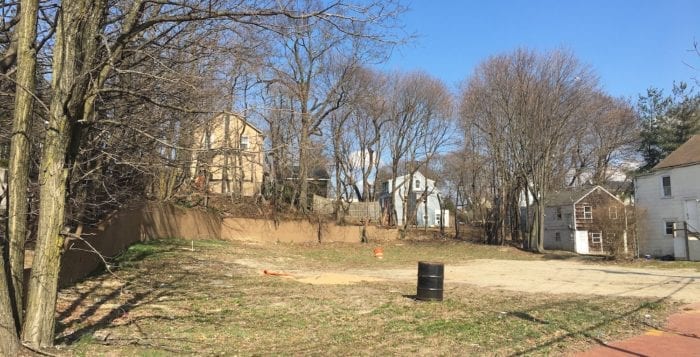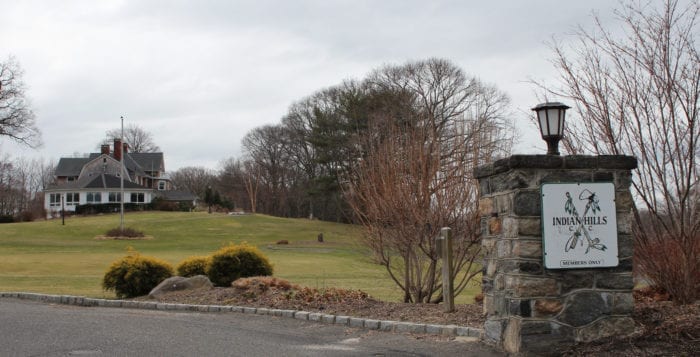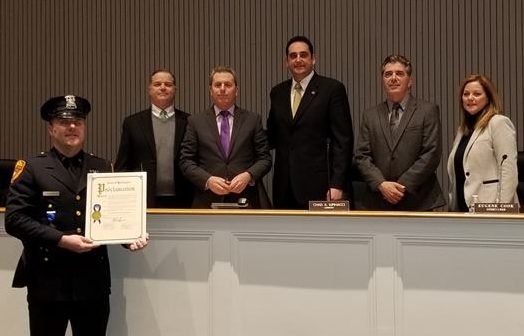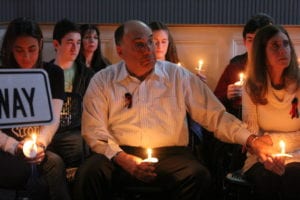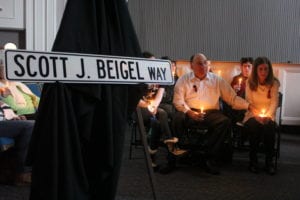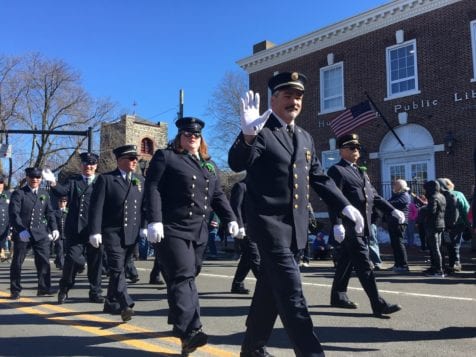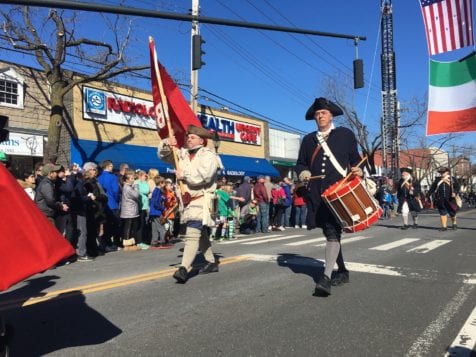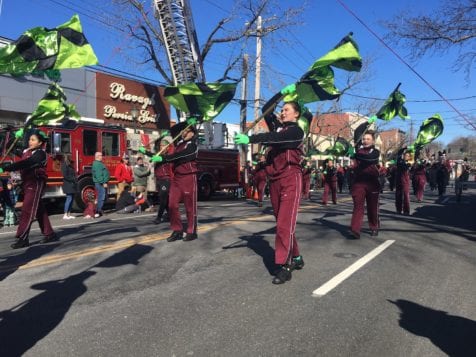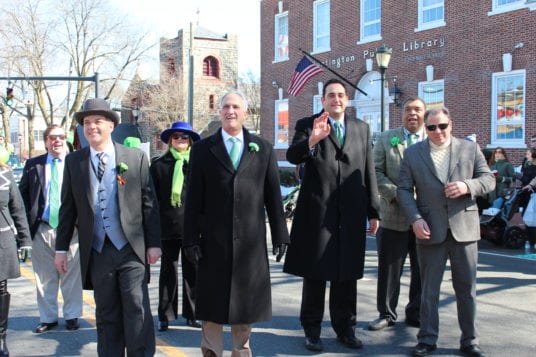The spark of hope given to electrifying the North Shore branch of the Long Island Rail Road last November convinced local leaders to take up the charge.
Huntington Supervisor Chad Lupinacci (R) has joined with other town supervisors to urge state lawmakers to moved forward with a feasibility study on the electrification of the LIRR service line from Huntington Station east to Port Jefferson Station. Currently, trains on the line east of Huntington run on diesel fuel.
“It will have a strong affect on Huntington, Smithtown and Brookhaven,” Lupinacci (R) said. “For the commuters in all three towns this is something that’s critically needed in the area.”
“It will have a strong affect on Huntington, Smithtown and Brookhaven, for the commuters in all three towns this is something that’s critically needed in the area.”
—Chad Lupinacci
On April 4, Lupinacci along with Brookhaven Supervisor Edward Romaine (R) and Smithtown Supervisor Ed Wehrheim (R) sent a joint letter to New York State Legislature’s Long Island delegation to express their support for the feasibility study due to potential economic and environmental benefits. They cited that the Port Jefferson and Huntington branch lines have the highest ridership, about 18.7 million annually, of any line in the LIRR service territory, according to the most recent LIRR Annual Ridership Report released in 2015.
“For decades this project has been a concept that could not reach the critical mass necessary to become a reality,” reads the April 4 letter. “However, we believe the time is now given the many roadblocks that prevented this project from moving forward have now been solved — including where to site the train cars.”
The letter details the beneficial impacts electrification of the Port Jeff branch would have for each of the townships.
In Huntington, the five stations — Greenlawn, Northport, Centerport, Fort Salonga and Commack — would benefit from additional transportation options and commuters heading east, according to Lupinacci.
Wehrheim stressed in the Town of Smithtown the infrastructural investment is a key pillar in the revitalization of Kings Park, Smithtown and St. James business areas. The town has invested significant funds in this year’s capital budget to these areas.
“However, we believe the time is now given the many roadblocks that
prevented this project from moving forward have now been solved.”
— April 4 letter
In Brookhaven, Romaine said electrification of the rails would foster revitalization of Port Jefferson Station and allow for an easier commute to Stony Brook University, which has approximately 40,000 students and staff members. He also noted it would help ease traffic congestion on local roadways in the communities near SBU.
The project has received support from groups such as the Long Island Association in the past, and a more recent push from state Sen. Ken LaValle (R-Port Jefferson). LaValle met with Metropolitan Transportation
Authority board member Mitchell Paley last November, wherein the sides agreed to pursue a feasibility study to determine the potential cost and impact of electrifying the line out to Port Jeff.
“I believe it’s something we could get done,” LaValle said, in a November interview with TBR News Media. “I think it’s critically important that we can demonstrate to communities with specificity where electric substations are going. Communities need to know that before we make that decision. I’m supporting electrification that starts in Port Jeff but also goes through Smithtown and Huntington.”
Calls and initiatives to electrify the line east of Huntington go back to at least the 1980s. According to an article by researcher Derek Stadler published by the Long Island History Journal in 2016 entitled “The Modernization of the Long Island Rail Road,” in 1984, electrification of the branch was included in a nearly $600 million MTA spending package that was meant to serve as a five-year plan for LIRR improvements. However, the plans were postponed indefinitely just two years later due to a budget gap.
“This is a good time to put it out there. Now you can have serious conversations for next [budget] year.”
— Chad Lupinacci
The establishment of a one-seat ride from Port Jefferson to Penn Station has long been a goal for elected officials and LIRR riders as well, though that would require electrification as diesel engines cannot travel to the Manhattan station. In the mid-90s, a brief pilot program was tested on the Port Jeff line using dual-mode locomotive cars that could run using both diesel engines and third-rail electrification. According to Stadler’s research, in 2000 it was estimated that electrification east of Huntington could cost as much as $500 million.
“You are looking at several millions per mile of track,” Lupinacci affirmed. “This is a good time to put it out there. Now you can have serious conversations for next [budget] year.”
There is renewed hope that with a newlyannounced LIRR president, Philip Eng of Smithtown, that a feasibility study willEd be funded.
“New leadership brings in a different perspective,” Lupinacci said. “I think this is a good situation for us to be in with new leadership taking over the helm.”




